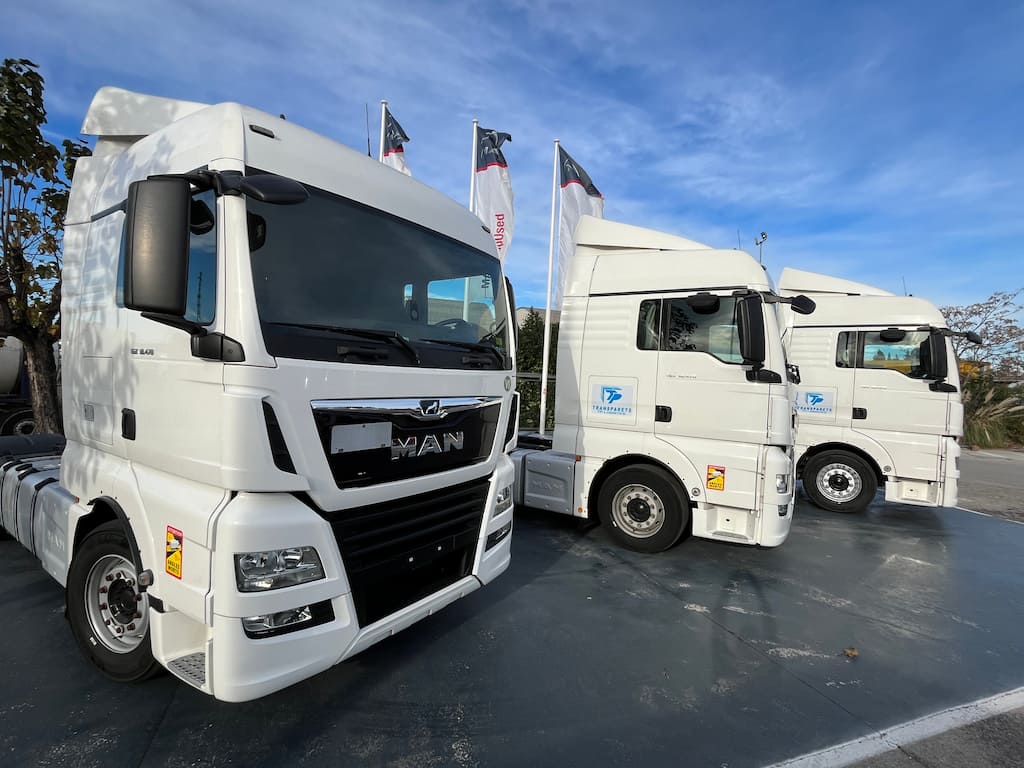
Guía de optimización de almacenes pequeños: Estrategias efectivas
En nuestra guía detallada sobre la optimización del espacio en almacenes de tamaño reducido, encontrarás estrategias efectivas para maximizar la capacidad de almacenamiento y mejorar la eficiencia operativa, ofreciendo soluciones prácticas y efectivas para la gestión de espacios limitados.
Tabla de contenidos
ToggleRetos en almacenes de espacios reducidos
Reorganización Inteligente: Maximizando la Distribución
La disposición estratégica de productos y estanterías es crucial para maximizar el espacio. Exploraremos métodos inteligentes de organización que permitan un acceso fácil y una mejor utilización del espacio tanto vertical como horizontal, afrontando los desafíos del almacenaje.
Tecnología de Almacenamiento: Innovación para Espacios Pequeños
La implementación de sistemas de almacenamiento innovadores, como estanterías móviles o sistemas automatizados, puede transformar la capacidad de almacenamiento en almacenes con espacio limitado, aprovechando cada centímetro disponible.
Estrategias eficaces para maximizar la capacidad de almacenamiento

Análisis de Inventario: Identificación de Oportunidades
Realizar un análisis exhaustivo del inventario ayuda a identificar productos de baja rotación o exceso de stock, permitiendo una redistribución efectiva para optimizar el espacio disponible y mejorar la rotación de productos.
Optimización Vertical: Aprovechamiento de Altura
Aprovechar el espacio vertical mediante estanterías de altura ajustable o sistemas de almacenamiento apilable permite una expansión vertical sin sacrificar la accesibilidad a los productos, optimizando la capacidad de almacenamiento.
Creando eficiencia operativa en espacios reducidos
Diseño de Flujo de Trabajo Eficiente: Organización para Productividad
Diseñar un flujo de trabajo eficiente en un espacio pequeño es fundamental. Estudiar la disposición y los procesos puede mejorar significativamente la productividad y reducir el tiempo de búsqueda.
Etiquetado y Seguimiento: Control para una Gestión Efectiva
La implementación de un sistema de etiquetado claro y un seguimiento preciso del inventario permite un control efectivo, reduciendo la posibilidad de errores y agilizando la gestión logística.
Estrategias innovadoras para optimizar espacios limitados
Implementación de Tecnologías Emergentes: Automatización para Eficiencia
La incorporación de tecnologías emergentes, como sistemas de gestión de almacenes (WMS) o sistemas de picking automatizado, puede mejorar notablemente la eficiencia operativa en almacenes pequeños.
Flexibilidad y Adaptabilidad: Claves para Espacios Cambiantes
Mantener una estructura flexible que permita adaptarse a cambios en la demanda o en la disposición del espacio es esencial para garantizar la eficiencia a largo plazo en almacenes de tamaño reducido.
Estrategias avanzadas para la eficiencia del almacén

Implementación de Sistemas de Etiquetado Automatizado
La adopción de sistemas de etiquetado automatizado, como códigos de barras o tecnología RFID, permite un seguimiento más preciso del inventario y una identificación rápida de productos, mejorando la gestión de existencias.
Espacios Flexibles y Modulares
La introducción de sistemas de almacenamiento modulares que se puedan ajustar y reconfigurar según las necesidades cambiantes del almacén permite una adaptabilidad óptima a los cambios en la demanda y el inventario.
Herramientas de gestión y tecnología innovadora
Uso de Software de Gestión de Almacenes (WMS)
La implementación de un WMS proporciona una visión holística del inventario y permite la optimización de rutas, la gestión de pedidos y la planificación eficiente de espacio, aumentando la precisión y la velocidad en la gestión del almacén.
Realidad Aumentada en el Almacén
La utilización de tecnologías de realidad aumentada para la ubicación de productos puede agilizar la recogida y la reposición, reduciendo los errores y mejorando la precisión en entornos de espacio reducido.
Estrategias para el mantenimiento y la seguridad del espacio
Mantenimiento Regular y Organización Continua
La dedicación a la limpieza regular y la organización constante es esencial para mantener un almacén pequeño eficiente. Programar revisiones periódicas garantiza la disposición adecuada y la eliminación de desechos innecesarios.
Seguridad en el Almacén: Prioridad Fundamental
Implementar medidas de seguridad, desde sistemas de control de acceso hasta la señalización de áreas peligrosas, garantiza un entorno de trabajo seguro para el personal y los productos almacenados.
Monitoreo y mejora continua del almacén

Análisis de Datos y Mejora
La recopilación y el análisis de datos sobre el rendimiento del almacén permiten identificar áreas de mejora. Esta información ayuda a tomar decisiones informadas para optimizar aún más el espacio y los procesos.
Feedback del Equipo y Mejoras Participativas
Involucrar al equipo en la identificación de posibles mejoras en el espacio y en los procedimientos, genera un ambiente participativo. Estas ideas pueden llevar a cambios positivos y a una mayor eficiencia.
Eficiencia energética y sostenibilidad
Enfoque en la Eficiencia Energética
Implementar medidas para reducir el consumo de energía, como la optimización de iluminación y sistemas de climatización, no solo beneficia al medio ambiente, sino que también puede reducir costos operativos.
Gestión de Residuos y Reciclaje
Adoptar prácticas de reciclaje y gestión de residuos dentro del almacén contribuye a la sostenibilidad ambiental, reduciendo la huella de carbono y fomentando un entorno más responsable.
Planificación a largo plazo para el almacén
Estrategias para el Crecimiento Futuro
A pesar de tener un espacio reducido, la planificación para un posible crecimiento futuro es crucial. Estar preparado para expandir o reubicar el almacén a medida que el negocio crece es esencial.
Innovación Continua para la Adaptación
Mantener una cultura de innovación y estar al tanto de las últimas tecnologías y metodologías logísticas permite adaptarse a un entorno empresarial en constante cambio.
Conclusión: optimización sostenible del espacio de almacenamiento
La optimización del espacio en almacenes pequeños es una combinación de estrategias inteligentes, tecnología avanzada y un enfoque continuo en la eficiencia y la sostenibilidad. Con estas prácticas, se puede transformar un almacén pequeño en un espacio altamente eficiente y adaptable.
¿Listo/a para transformar tu almacén pequeño en un espacio eficiente y productivo?
¿Necesitas almacenamiento logístico en Barcelona?
¡Contáctanos para obtener más información y mejorar tu espacio de almacenamiento hoy mismo!


